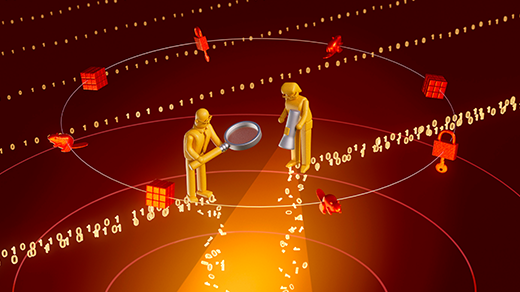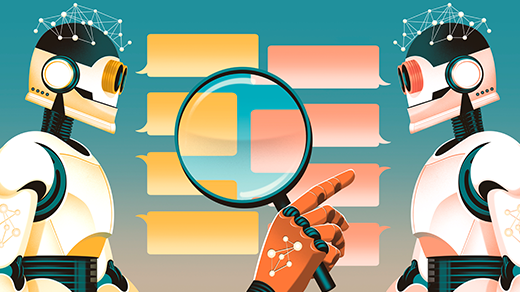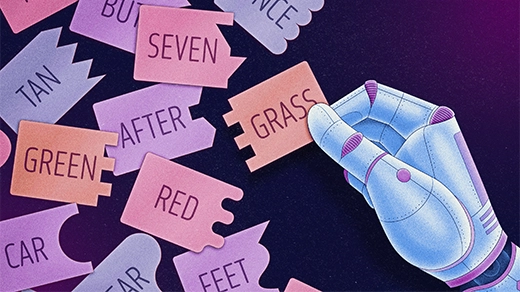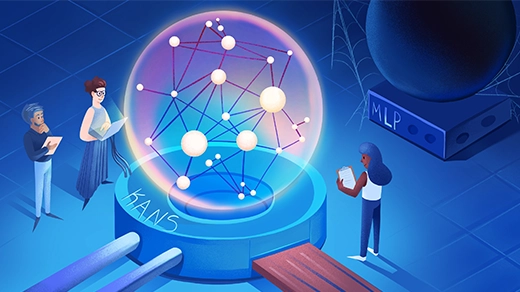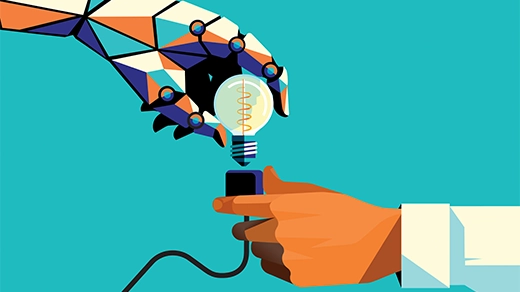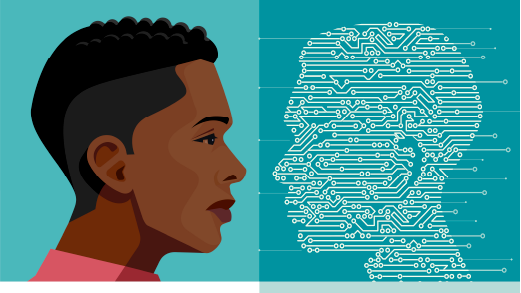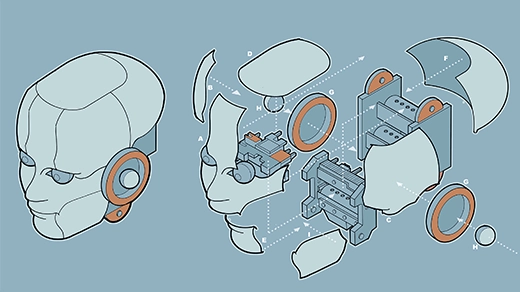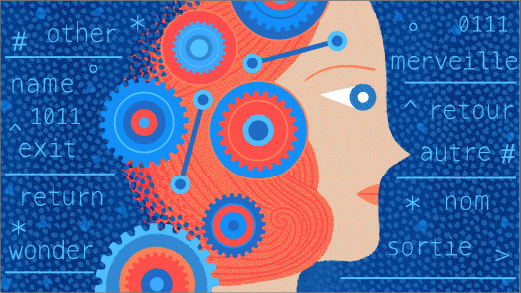What's up in
Neural networks
Latest Articles
The Year in Computer Science
Researchers got a better look at the thoughts of chatbots, amateurs learned exactly how complicated simple systems can be, and quantum computers passed an essential milestone.
Debate May Help AI Models Converge on Truth
How do we know if a large language model is lying? Letting AI systems argue with each other may help expose the truth.
The Computer Scientist Who Builds Big Pictures From Small Details
To better understand machine learning algorithms, Lenka Zdeborová treats them like physical materials.
How ‘Embeddings’ Encode What Words Mean — Sort Of
Machines work with words by embedding their relationships with other words in a string of numbers.
Novel Architecture Makes Neural Networks More Understandable
By tapping into a decades-old mathematical principle, researchers are hoping that Kolmogorov-Arnold networks will facilitate scientific discovery.
Are Robots About to Level Up?
Today’s AI largely lives in computers, but acting and reacting in the real world — that’s the realm of robots. In this week’s episode, co-host Steven Strogatz talks with pioneering roboticist Daniela Rus about creativity, collaboration, and the unusual forms robots of the future might take.
Will AI Ever Have Common Sense?
Common sense has been viewed as one of the hardest challenges in AI. That said, ChatGPT4 has acquired what some believe is an impressive sense of humanity. How is this possible? Listen to this week’s “The Joy of Why” with co-host Steven Strogatz.
What Is Machine Learning?
Neural networks and other forms of machine learning ultimately learn by trial and error, one improvement at a time.
Computation Is All Around Us, and You Can See It if You Try
Computer scientist Lance Fortnow writes that by embracing the computations that surround us, we can begin to understand and tame our seemingly random world.
